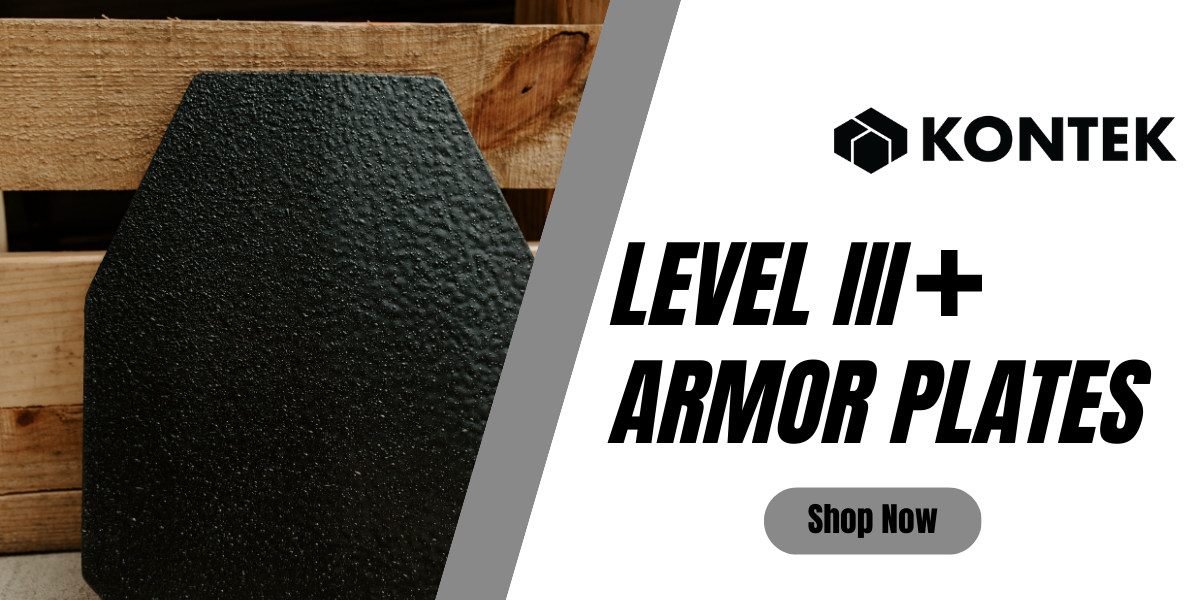
Bulletproof doors are tested for resistance, not invincibility. When you see a door labeled with a “level,” it’s based on the UL 752 standard. This is a set of tests that measure how well the door stands up to specific firearms.
In this guide, we’ll break down what those levels actually mean, clear up some common misconceptions, and give you a straightforward way to decide which level of protection fits your facility best.
What Bulletproof Door Levels Really Mean
UL 752 sets the testing criteria, and each level corresponds to a different threat. Understanding how this system works is key to making the right choice.
- UL 752 is the test standard. Doors are shot with specific calibers, at set velocities and distances, with a defined number of rounds.
- Levels match threats. As the level goes up, protection increases, and so do weight, hardware demands, and cost.
- The whole assembly matters. Door leaf, frame, vision-lite kit, and hardware should be spec’d to the intended rating. A non-rated component can become the weak link.
- “Higher” is not automatically “better.” Choose the level that covers your credible risk without creating usability or code headaches.
Level-by-Level Overview
Use these as general guides based on the UL 752 reference chart you provided.
Levels 1–3: Common handgun threats
- Level 1 — 9 mm pistol, 3 shots.
- Level 2 — .357 Magnum, 3 shots.
- Level 3 — .44 Magnum, 3 shots.
These cover the handgun scenarios most facilities plan for and are common in reception areas, retail counters, banks, municipal offices, and guard shacks where public contact is routine.
Level 4: Step up to rifle threats
- Level 4 — .30-06 rifle, single shot.
First rifle level and a significant jump in energy. Seen in courthouses, sensitive government spaces, and secured lobbies where rifle exposure is part of the risk assessment.
Levels 5–8: Sustained rifle fire and varied calibers
- Level 5 — 7.62 NATO (battle rifle) single shot.
- Level 6 — high-velocity 9 mm (SMG) 5 shots.
- Level 7 — 5.56 mm rifle 5 shots.
- Level 8 — 7.62×39 mm (AK-class) 5 shots.
These address higher-powered rifles and repeated impacts, showing up at embassies, critical infrastructure sites, and high-value law enforcement facilities.
Levels 9–10: Specialized high-power scenarios
- Level 9 — .30-06 steel-core, single shot.
- Level 10 — .50 caliber rifle, single shot.
These are extreme and rare outside defense contexts; mass, cost, and installation demands make them truly niche.
How to Choose the Right Level
- Start with the likely threat.
Handgun-dominant environments often align with Levels 1–3. If rifles are a realistic concern based on location or mission, consider Level 4 or above. - Match the space and use case.
- Retail and reception: Levels 1–2 are common.
- Banks, city offices, guard booths: Level 3 is a frequent baseline.
- Courts, critical infrastructure, sensitive government: Level 4–8 depending on the threat profile.
- Retail and reception: Levels 1–2 are common.
- Plan for weight and hardware.
Heavier doors need the right hinge count, closer force, and anchorage or they’ll fight you every day. - Think in terms of assemblies.
If there’s a window, the glazing and lite kit should carry the same rating, and the frame-to-wall interface has to back it up. - Document the rating.
Ask for test reports that state the UL 752 level, projectile, shot count, velocity, and panel or assembly construction. Keep this with the project records.
Materials and Construction Basics
Bulletproof doors can be made from different base materials like wood, aluminum, steel, or glass, depending on where they’ll be used and how much protection is needed. Inside the core, layers of steel and ballistic composites absorb and stop bullets, while reinforced frames and anchors carry the added weight.
For doors with vision lites, glass-clad polycarbonate or similar systems are commonly used to maintain visibility. To ensure consistent protection, the glazing, stop system, and lite kit should always be rated to the same level as the door itself.
Installation and Upkeep
Rifle-rated doors often perform best in new frames with upgraded sub-framing, not as drop-in swaps. Set clearances and closer control so the door closes cleanly without slamming or latch misalignment.
Regular maintenance is also important: hinges, closer fasteners, strike plates, and glass stops should be inspected periodically. This is especially required on doors that experience heavy traffic. Keeping these elements in check ensures the door continues to perform as intended over time.
Contact Kontek Industries
Defend tX security doors combine strength, durability, and design flexibility. Built with ballistic-rated materials, they resist gunfire while maintaining a professional appearance.
Available in aluminum or steel, each door can be tailored to your facility and rated to the UL 752 or NIJ level you require. That means you get protection that fits your exact security needs without sacrificing style or function.
Take the next step toward stronger entry point protection. Contact Kontek Industries today to explore Defend tX security doors.


